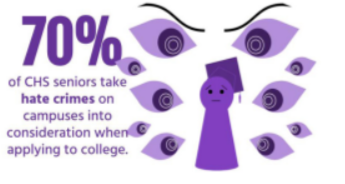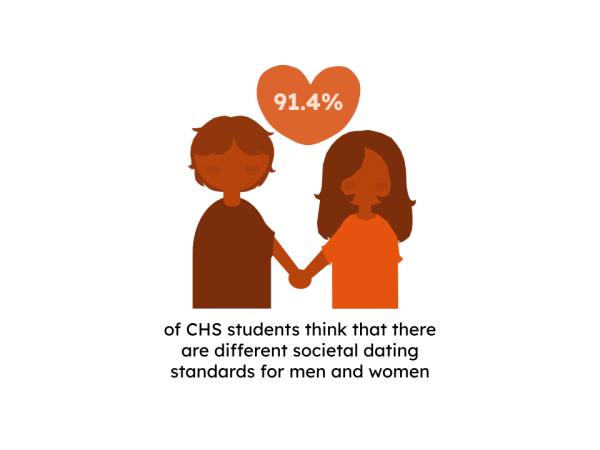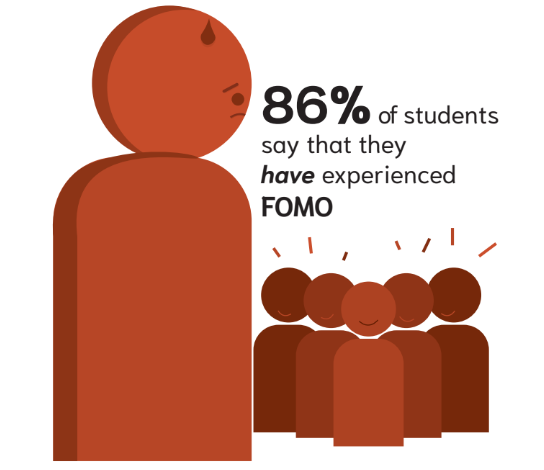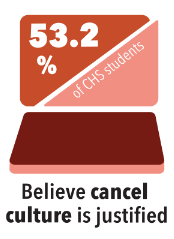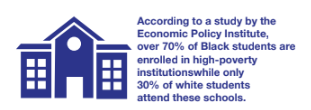Class of 2022 faces record low acceptance rates in college application season
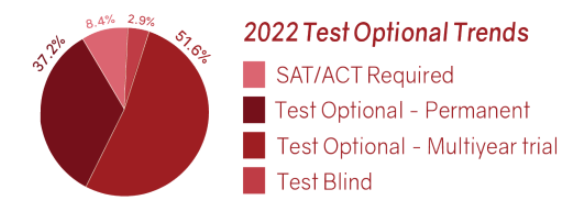
BLOT GRAPHICS BY SABRINA Z. LIDING and ZAINA SAIF
Data from 400 universities, according to CompassPrep.
May 20, 2022
The 2021-2022 college application cycle brought about a new realm of selectivity and record-low acceptance rates. Many application obstacles arose, due to new test score policies, spikes in applications and gap years.
When the COVID-19 pandemic first disrupted the college application process in March of 2020, the test-optional policy became popularized in the U.S. Along with that popularization, the number of applications skyrocketed.
Guidance counselor Melanie Sambataro reflects on what caused this sudden spike.
“Colleges are just getting more and more applications and they’re still taking the same amount of students,” Sambataro said. “I think they are getting the number of applications that they are getting because students think, ‘Well I used to need like a 1500 to be able to get into this school, but now its test-optional.’”
According to Inside Higher Ed, the idealism behind the test-optional policy is that it allows applicants to be viewed holistically, looking more into extracurricular activities, community involvement, employment and family responsibilities.
As she looks forward to being a part of the cornerstone program at American University this fall, senior Hannah Schwartzberg of Ocean favored this policy for her applications.
“I feel like it’s important to not make standardized testing the main factor of getting in,” Schwartzberg said, “and I hope that this year is a good shift to say who you are as a person.”
For current juniors and underclassmen, many schools have already extended their test-optional application methods. Among those schools is Harvard University, whose acceptance rate dropped to a record low of 3.19%, according to The Harvard Crimson. Having favored the opportunity to view applicants beyond just a test score, the institution will be accepting test-optional applications through the Class of 2030 admissions cycle.
However, this also spurs more controversy regarding the value of SAT or ACT scores. Junior Marina Berger of Marlboro points out that the test- optional approach in future years will likely result in acceptance rate results similar to this year’s.
“It’s definitely really intimidating, especially going into my senior year and seeing so many schools drop their acceptance rates,” Berger said.
On top of test scores, acceptance rates dropped as a result of the increased volume of applications, a notable trend across the world in national and international applicants, according to Forbes.
Senior Liam Stemetzki of Wall, who will be attending the University of Texas for business management next year, believes colleges should have adjusted their acceptance numbers to the applicant pool since a lot of schools can accommodate more students.
“A lot of the schools have the resources for more students, but just choose to be selective,” Stemetzki said.
Additionally, with Common App making it easy for students to apply to many colleges at once, guidance counselor Sandra Gidos explains that mass application sites, such as the Common and Coalition Application, contribute to this year’s inflated applications. According to Forbes, the number of Common App applications has increased 24% compared to the 2019-2020 cycle.
Another factor leading to decreased acceptance rates comes from the number of undergraduate enrollments amid the pandemic in the 2020-2021 cycle, which dropped 3.6%, likely from students taking gap years to get away from virtual learning and an interrupted college experience, according to CNBC.
“Also I think a lot of kids took gap years last year,” Schwartzberg said, “so a lot of them applied this year. That made acceptance rates really hard for schools that usually wouldn’t have been this hard.”
Regardless of this year’s college acceptance rates and results, it’s yet to be determined what the next college application season will look like.
“Some schools are still test optional and some schools have liked that policy. But again, with the ivies, some schools are wanting the test scores, so it all depends on the college,” Gidos said. “We’ll see what happens, you really can’t tell [because] every year is different.”





